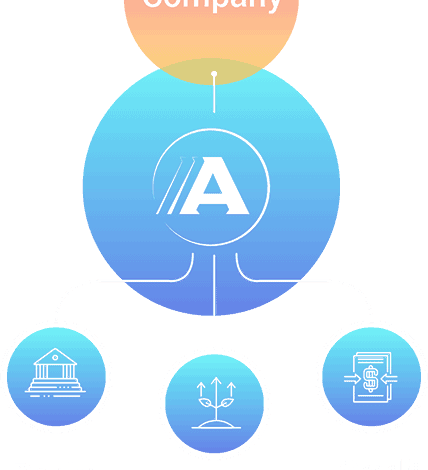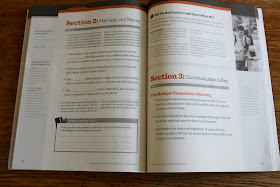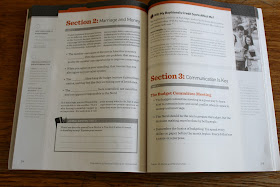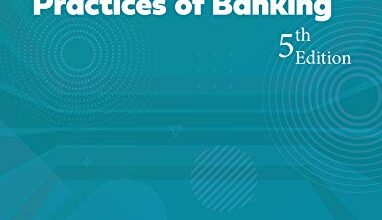Moving Averages and Time Machines in Single Finance

Table of Contents
Moving Averages and Time Machines in Single Finance, Moving averages are useful tools for making Single Finance price predictions. They provide the average SINGLE closing price over a selected time period, divided into periods of equal length. For example, a 12-day simple moving average is calculated by summing the closing prices of the previous 12 days and dividing that number by 12. The exponential moving average gives more weight to recent prices and reacts faster to price action. These tools can be used to forecast the price of SINGLE using both simple and exponential moving averages.
Price prediction
If you are looking for a reliable way to predict the price of SINGLE, you can use the moving average. This indicator gives you an average closing price for SINGLE during a specified period of time. It uses similar length periods to calculate its average value. For example, a 12-day simple moving average is calculated by summing closing prices of the past 12 days and dividing the result by 12. Another popular method is to use an exponential moving average, which gives more weight to more recent prices and reacts more rapidly to recent price action.
Currently, Single Finance is trading at $0.017 with a market cap of $0.000. Nevertheless, this cryptocurrency is expected to grow significantly. It is expected to reach $0.028 by 2022. The price of Single Finance will increase if demand for it is high. The forecast indicates that it will reach a high of $0.85 by 2030. But investors should note that this cryptocurrency is not free of risk, so it is vital to do maximum research before investing in it.
Time Machine
A time machine is a pan-European initiative aimed at digitizing cultural heritage assets from across Europe. It involves 300 European institutions from 32 countries, including seven national libraries, 19 state archives, some of Europe’s most important museums, and hundreds of companies, research institutes, and governmental bodies. The Time Machine network is also intended to connect people from different parts of Europe and channel funding opportunities. With this initiative, you can help save cultural heritage assets and develop new services.
A time machine helps you plan and make informed investment decisions. The Time Machine for Single Finance helps investors analyze the impact of price movements on liquidity pools and makes it easier to create effective yield farming strategies. This new tool also quantifies historical data relating to liquidity pools. Since Single Finance uses Cronos-based DeFi protocol, it’s the first blockchain-based database to include historical data, and is marked in US dollars. It is also the first blockchain-based liquidity mining database.
With a simple interface and enhanced capital protection, Time Machine for Single Finance is the best choice for earning in the digital economy. Farmers and investors share a common goal: high yields without impermanent loss or being liquidated in a flash. Now, single users can supply assets and experience pseudo-market-neutral liquidity mining. In just a couple of days, it will launch on the platform. A few features include:
Moving averages
There are many different uses for moving averages in single finance. Most people will use the 5-day Moving Average. These are common in most markets. However, there are different methods and time frames used to calculate them. If you’re looking for an effective way to track price movements on a single chart, consider using the 200-day Moving Average. This will give you a better idea of what the average is and how it’s calculated.
Moving averages are useful indicators for single-finance trading. If you want to track a stock’s price, you can use them to spot potential uptrends. When the price of a stock falls below the moving average, it is considered a sign of a change in trend. There are many different types of moving averages, and you can use one that works for you. The five-day simple moving average adds up the five recent daily closing prices. It then divides by five and connects to the next one. It creates one single, flowing line.
The longer durations of moving averages are more reliable indicators of the overall trend than shorter durations. However, they lag behind the current price action. Traders sometimes use shorter sampling periods as they are more susceptible to false signals, while others use longer periods to make more accurate predictions. A 200-day Moving Average is usually used on daily charts while a five-day Moving Average is typically used on short-term charts.
APY
If you’re thinking about investing in Single Finance, you’ve probably heard about the company’s APY (annual percentage yield) token. APY stands for “annual percentage yield” and it is the highest among all cryptocurrencies. Single Finance is a capital-protected, DeFi 2.0 yield farming platform. Single Finance is slated to launch on 19 JAN and is currently the first IDO on the largest Cronos DEX.
The APY is a common term used by financial institutions to promote their products. It is often a better measurement of interest than the annual percentage rate, which includes transaction costs but does not account for compounding. The difference between APR and APY makes it easier to compare rates. It’s also easier to spot hidden interest rates when you have a working knowledge of finance. However, it’s important to remember that the APR you’re quoted is not the rate of interest that you’ll pay.
Unlike the APY from a bank, the APY from Single Finance is a guaranteed rate of return. The company’s yield farming strategies have a history of performance ranging from five years to a few months. The platform is also equipped with Time Machine service, which tracks the true USD-based historical performance of liquidity pairs and chains. This feature allows investors to compare yields and risk levels across different farming strategies with just a few clicks.
Stop-loss mechanism
A stop-loss mechanism is a trading tool that limits a loss by preventing a sale below a specified price. While this tool is helpful, it is not a foolproof method. A stock that reaches its stop-loss level could still open at a much lower price the next day. In other words, even if the price goes down to $40, the investor can still lose money.
A stop-loss order is another popular type of order. It is triggered when the market price reaches a specified price. For example, a trader might buy a stock at $20 and place a stop-loss order at $18. The price of the stock then closes at $21 that day, and the trader lost money. This is where a stop-loss order comes in handy.
Single Finance has raised a total of $1.2 million from notable crypto investment funds and angel investors. With this funding, the team plans to launch a number of new products and services, including the Time Machine, which provides real-time data on return performance, trading fees, and DEX yields. With the help of the Time Machine, users can easily compare the performance of different farming strategies and determine which is the best one. Avalanche and Cronos will be supported in January, as well as more EVM compatible chains in the future.
Another use for stop-loss orders is to lock in a profit. Imagine that you’ve bought a stock at $2 per share and now it’s trading at $5. If the market price hits the price you set, your stop-loss order will execute, and you’ll lock in your profit. In a similar way, a short position will be a good place to use a stop-loss order to lock in a profit.
Future plans
When it comes to upcoming features, Single Finance is on fire. Known as one of the leading yield farming platforms, the platform is backed by all-star investors, including Enzac Research, Genblock Capital, Double Peak, and 0xVentures. It is planning to launch VVS Finance soon, which will offer users a more efficient way to trade. Single Finance is already working on its future plans, but we’ll have to wait to see what they have in store for us. We continue to produce content for you. You can search through the Google search engine. We have come to the end of our Moving Averages and Time Machines in Single Finance topic.




